Climate-aligned investments in hydropower
To limit the rise in global temperature to well below two degrees Celsius, the International Renewable Energy Agency (IRENA) estimates worldwide hydropower capacity will need to grow from just over 1,300 GW in 2021 to reach 2,150 GW by 2050. Annual investment in hydropower topped USD 50 billion in 2019, but this is far short of the estimated USD 100 billion required, according to the International Energy Agency (IEA).
Hence the need for climate finance such as CBI certified climate bonds which are widely regarded as the best way to direct investment to infrastructure that supports the Paris Agreement while reducing negative impacts on local environments and communities. CBI criteria already exist for solar power, wind power, marine energy and geothermal power among other industries.
The Climate Bonds Initiative (CBI) is an international investor-focused and not-for-profit organisation working solely to mobilise the USD 100 trillion bond market for climate change solutions. In 2021, worldwide green bond issuances reached over USD 1 trillion.
The Climate Bonds Standard criteria for hydropower stipulates use of two sustainability assessment tools supported by the International Hydropower Association (IHA) and a multistakeholder coalition of organisations. These tools are the ESG Gap Analysis Tool for identifying and addressing gaps against recognised good practice across 12 environmental, social and governance assessment topics; and the G-res Tool for reporting the estimated net greenhouse gas emissions of a reservoir.
Developers, banks, governments and other investors can now issue certified climate bonds to finance or refinance hydropower projects that comply with strict social, environmental and climate criteria. Pumped storage, run-of-river and impoundment facilities of any size are eligible.

